12 Things You Should Cut Back in the Garden This Fall
As fall approaches, it’s time to prepare your garden for the colder months ahead. Cutting back certain plants not only keeps your garden looking tidy but also ensures healthier growth in the spring. By trimming dead or spent foliage, you can prevent diseases, improve air circulation, and create space for fresh growth. Whether you’re pruning perennials, herbs, or shrubs, fall is the perfect time to help your garden thrive through the winter and into the next season.
This post may contain affiliate links, which helps keep this content free. Please read our disclosure for more info.
Herbaceous Perennials (Daylilies, Peonies)
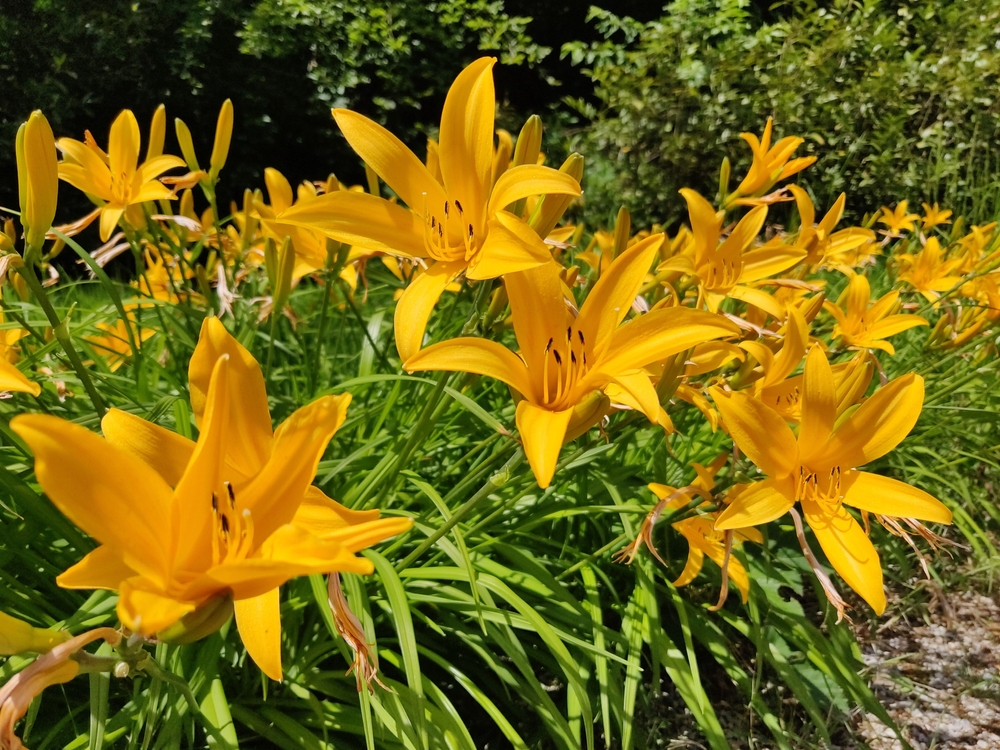
As fall approaches, the foliage of herbaceous perennials like daylilies and peonies begins to die back. Cutting away the spent leaves and stems not only improves the appearance of the garden but also helps prevent disease. The dead foliage can harbor fungal spores that can overwinter and cause issues for the plant in the spring. By removing the decaying material, you reduce the likelihood of these problems and create a cleaner, healthier environment for your plants. Trimming the plants down also helps ensure that the plant’s energy is focused on strengthening the roots and preparing for the next season’s growth.
When cutting back, avoid cutting too deeply into the plant’s crown. Leaving a small amount of foliage above the soil surface will protect the plant from harsh winter conditions. For plants like peonies, cutting back to a few inches above ground level is sufficient. Doing so will help ensure that these perennials emerge strong and healthy come spring, ready to produce lush new growth and vibrant flowers.
Summer-Fruiting Raspberries
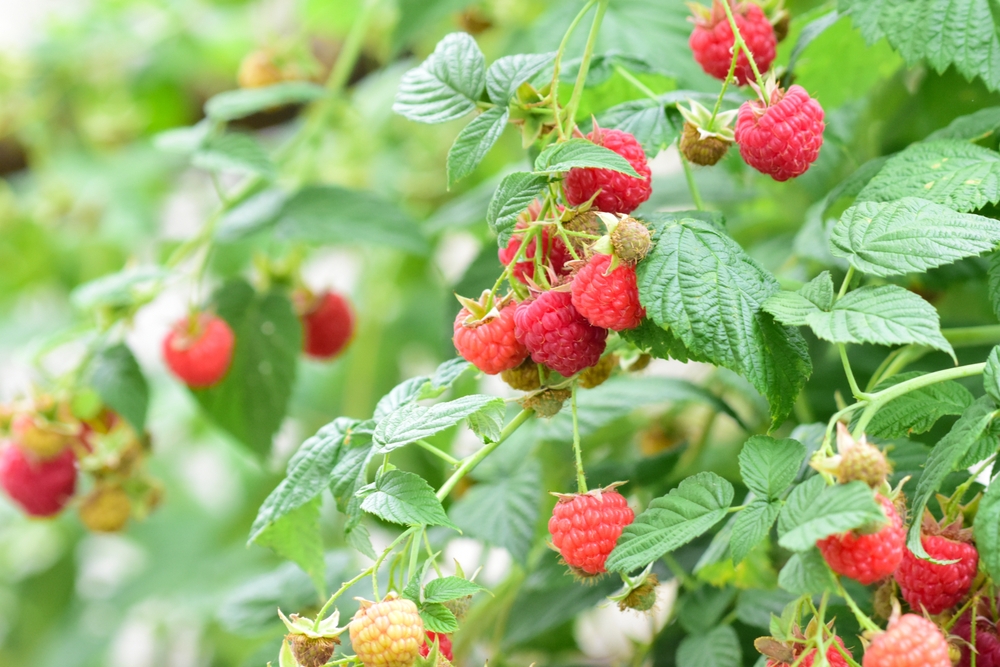
Pruning summer-fruiting raspberries in the fall is a key step in maintaining the plant’s health and productivity. After the fruit-bearing canes have finished producing, they should be cut back to the ground. This helps improve airflow and sunlight penetration, reducing the chances of disease and promoting new growth for the following year. By removing the old canes, you are also preventing the spread of diseases like powdery mildew, which can thrive in dense, overgrown raspberry patches.
In addition to disease prevention, pruning encourages stronger, more productive canes for the next season. The new growth will bear fruit the following summer, ensuring that you have a fresh and abundant harvest. By cutting back the spent canes and clearing the area, you are also making it easier to manage the raspberry patch. This simple practice of pruning helps the plant focus its energy on producing high-quality fruit rather than sustaining old, unproductive growth.
Plants Without Decorative Seed Heads
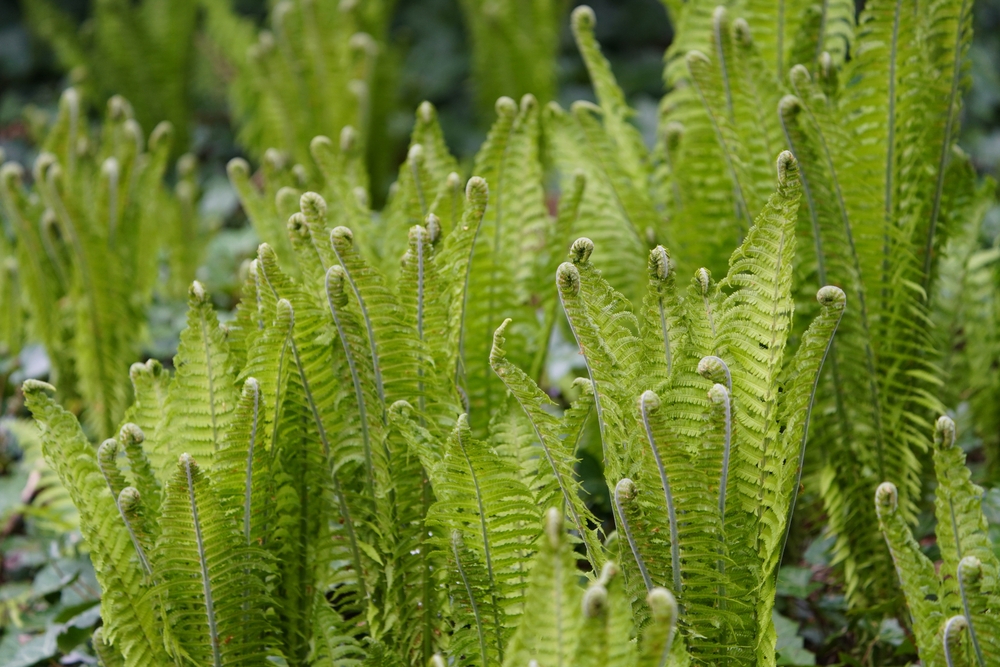
While some plants, such as coneflowers or echinacea, can provide visual interest with their seed heads during the fall and winter months, other plants that lack attractive seed heads should be cut back. These plants often look untidy once they have finished blooming, and trimming them back helps neaten up your garden’s appearance. Removing spent flowers and stems from plants that do not have ornamental seed heads can help prevent the spread of disease and pests. Dead or decaying plant material can harbor insects and fungal spores that could cause problems for the plants in the spring.
Cutting back these plants will help your garden look more organized and maintain its visual appeal during the colder months. While it may seem like extra work, removing the debris prevents the spread of unwanted pests and keeps the garden looking well-maintained. Be mindful to leave some plants, such as ornamental grasses or seed-bearing plants, which offer winter interest or shelter for beneficial insects.
Astilbe Stems
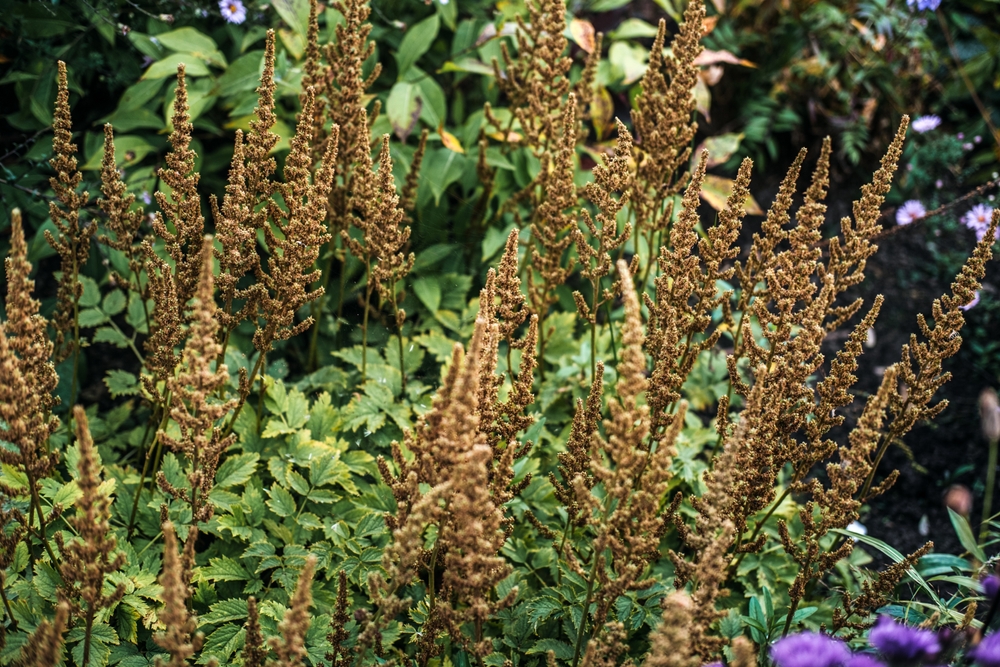
Astilbe is a beautiful plant that adds texture and color to shady areas, but its foliage begins to fade and die back as fall arrives. While you should remove the dead flowers and leaves, it is beneficial to leave some of the sturdy stems standing. These remaining stems provide winter interest, adding structure and visual appeal to the garden. Additionally, these stems serve as a habitat for beneficial insects such as ladybugs and lacewings, which can help control pests in the garden throughout the winter months.
Cutting back the rest of the plant to the ground allows it to rest and recover for the next growing season. While the remaining stems may seem like an eyesore at first, they will become an integral part of your garden’s winter landscape. This simple step will ensure that your garden remains lively during the colder months while offering shelter and food for helpful insects.
Hostas
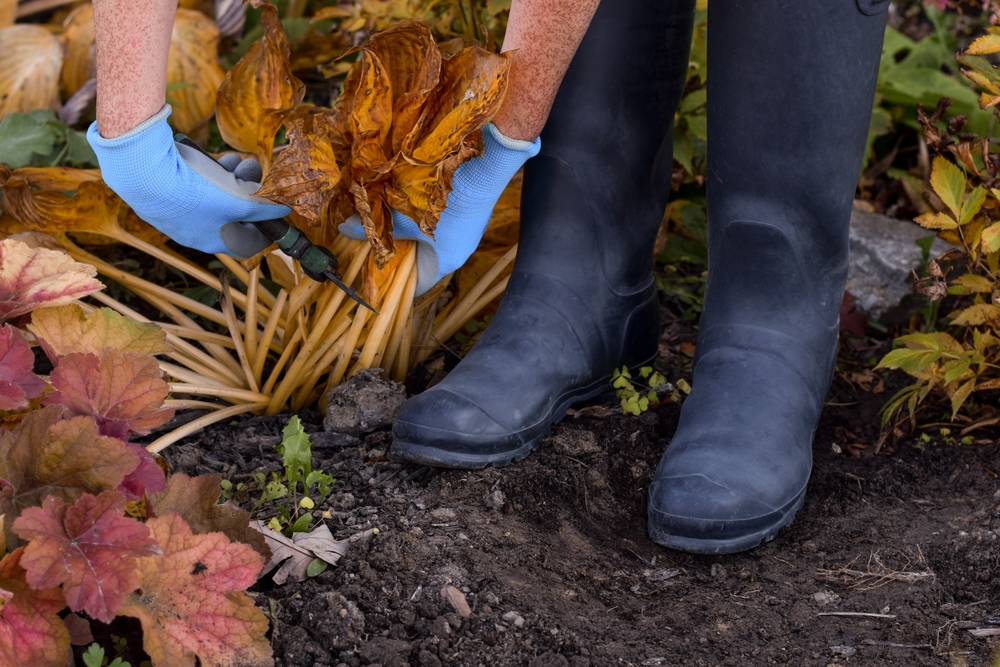
Hostas are a staple of shaded gardens, known for their lush foliage and low-maintenance nature. However, as fall sets in, hosta leaves begin to turn yellow and die back. It is essential to cut away the yellowed or brown foliage to prevent disease and to tidy up the garden. Left untreated, the decaying leaves can attract pests like slugs and snails, which enjoy hiding in the wet, rotting matter. By removing the dead foliage, you not only reduce pest habitats but also keep your garden looking neat and well-kept.
Although cutting back the leaves is important, you should avoid disturbing the plant’s crown and root system. Hostas rely on their roots to grow back strong the following spring, and damaging them can hinder their growth. Leave the plant’s crown intact, as this will encourage fresh, healthy foliage to emerge once the temperatures warm up again. Trimming the leaves back will help your hostas look their best and ensure they thrive in the next growing season.
Shasta Daisies
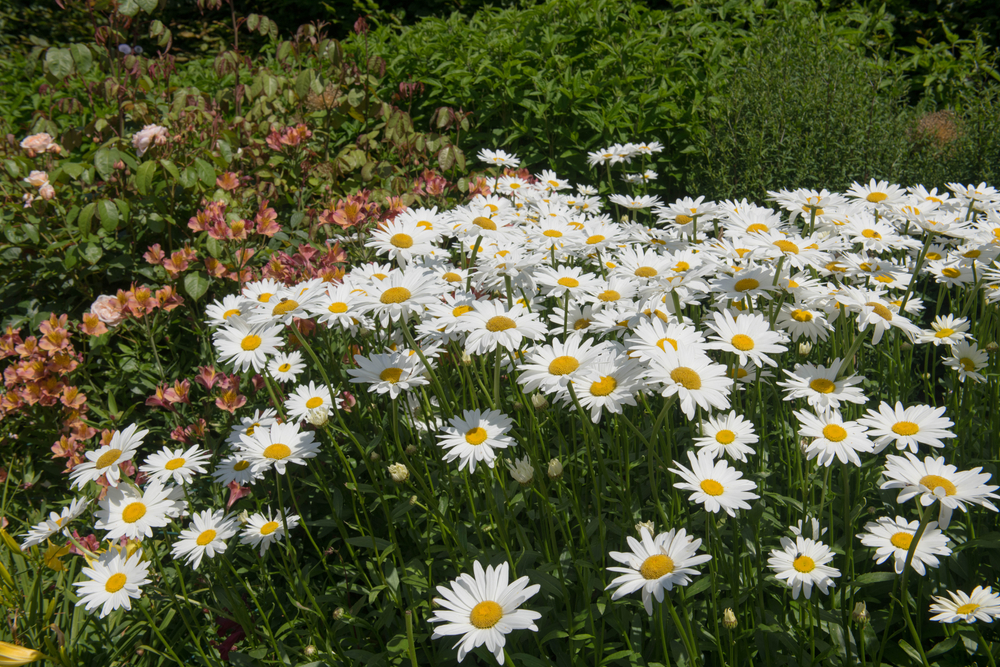
Shasta daisies are known for their long-lasting blooms, but once the flowers have faded, it’s important to cut back the spent stems and flowers. Pruning the plant helps direct energy back into the roots rather than allowing the plant to waste energy on dead or dying growth. This allows the plant to store energy for the next growing season, resulting in stronger growth and a better display of flowers in the spring.
In addition to improving plant health, cutting back Shasta daisies helps keep the garden tidy. The dead flowers can create a cluttered and untidy appearance, so trimming them helps maintain a more organized look in your garden. By cutting them back in the fall, you are ensuring that your Shasta daisies will look fresh and vibrant next season, ready to bloom once again with minimal effort.
Lavender
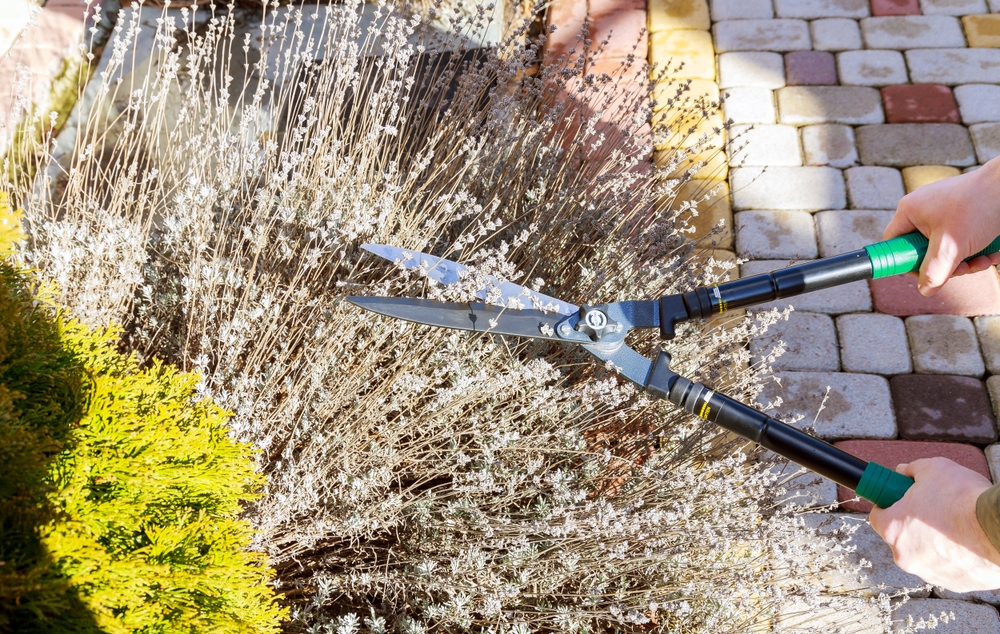
Lavender is a hardy herb that thrives in well-drained soil, but it can become leggy and woody over time if not properly pruned. Cutting back the dead flowers and stems in the fall helps maintain the plant’s shape and encourages vigorous growth in the spring. If you leave the old, spent flower heads intact, they can contribute to the plant becoming unruly, especially in the center. Pruning lavender not only prevents this but also improves air circulation around the plant, reducing the chance of fungal infections like root rot.
When trimming lavender, avoid cutting too much into the woody base, as this can prevent the plant from regenerating new growth. Aim to remove about a third of the plant’s growth, cutting back to a healthy set of leaves or buds. This will help the lavender thrive through the winter and bloom beautifully the following spring.
Black-eyed Susans
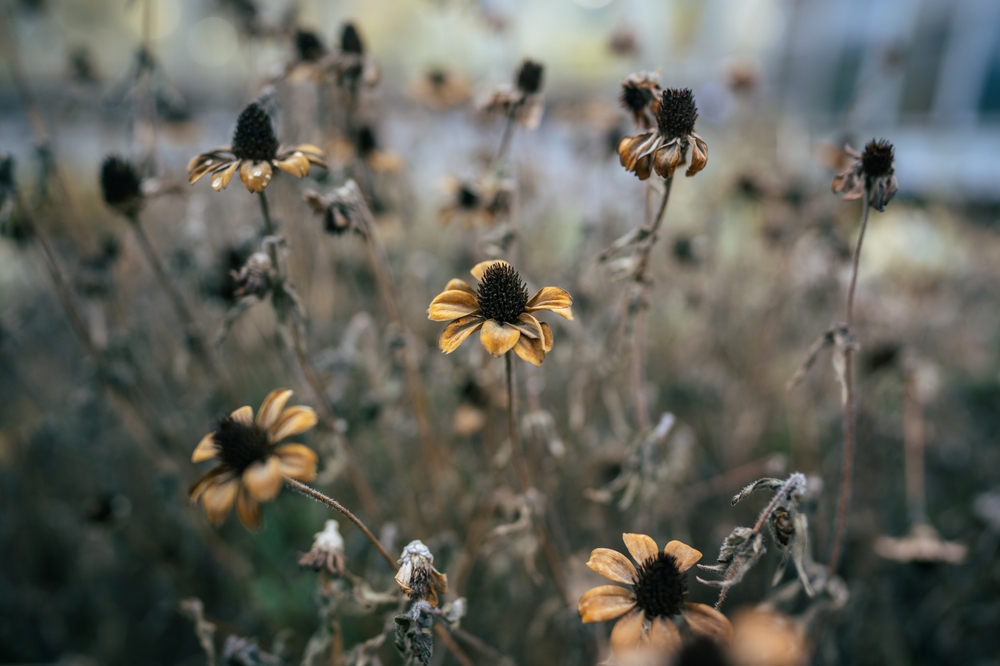
Black-eyed Susans are known for their vibrant yellow petals and dark centers, but once the blooming season ends, the plants can look quite scraggly. Cutting back the spent flowers and stems not only neats up the garden but also ensures the plant’s energy is directed towards the roots, rather than wasted on dead foliage. This also reduces the risk of pests and diseases that can overwinter in the decaying plant material.
While you can remove the dead flowers, leaving the seed heads on some plants may attract birds, which enjoy eating them during the winter months. If you prefer a cleaner look, though, it’s perfectly fine to cut the plant back entirely. Just remember to leave enough of the plant’s base intact so that it can regenerate for the next growing season.
Coneflowers (Echinacea)
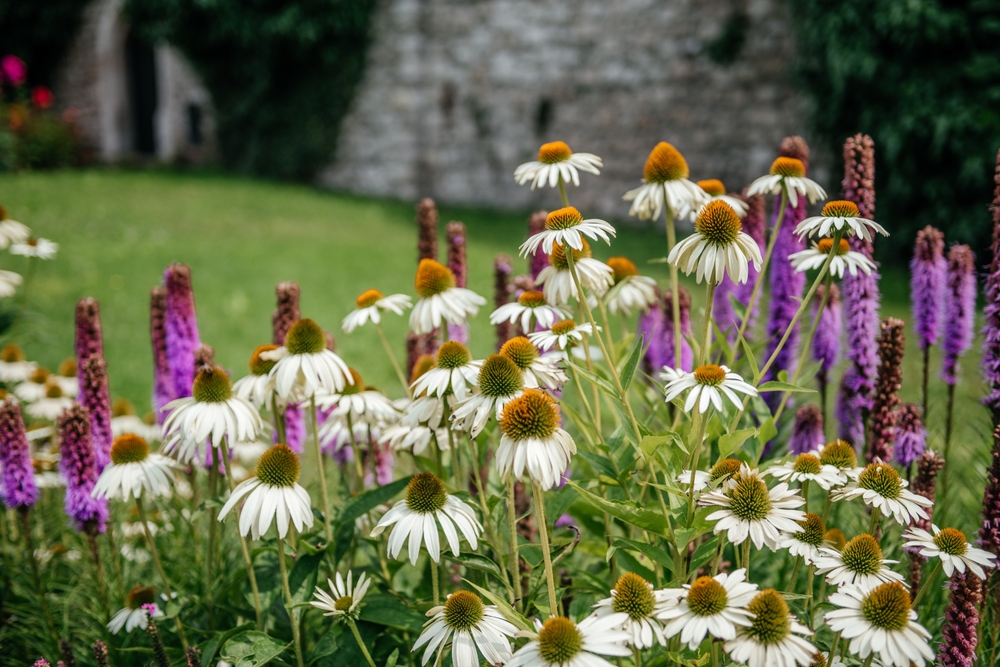
Coneflowers are beautiful and resilient plants, known for their large, daisy-like flowers with prominent central cones. After they finish blooming, the seed heads can be left for birds to feed on, but if you prefer a tidier garden, cutting back the spent flowers and stems will help maintain the plant’s overall health. By trimming the faded flowers, you reduce the chance of disease spread, as damp, decaying foliage can harbor fungal spores.
For those who want to encourage self-seeding, leaving some of the seed heads in place is a good idea, as the plants will naturally drop their seeds and create new growth in the spring. However, if you prefer a neater appearance, removing the spent flowers will help the plant conserve energy for the next season. As with other perennials, make sure not to cut into the plant’s crown, as it will regrow fresh foliage come spring.
Bee Balm (Monarda)
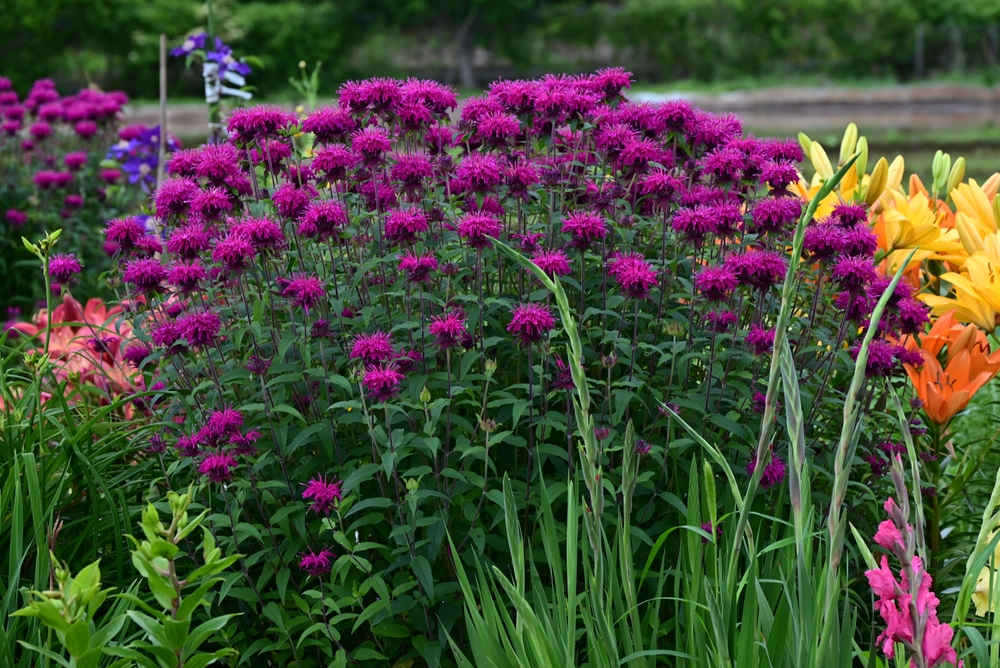
Bee balm is a fragrant, colorful perennial that attracts pollinators like bees and butterflies. In the fall, after the flowers have faded, the plant can become a bit unruly. Trimming back the spent flowers and stems not only improves the plant’s appearance but also helps prevent disease. Bee balm is prone to powdery mildew, which thrives in damp, decaying plant material. By cutting back the old stems and removing the debris, you reduce the risk of fungal infections, ensuring a healthy and vibrant plant next year.
When pruning bee balm, be sure to cut back the plant’s stems to just above the soil level. This will help prevent it from becoming too leggy and encourage fresh, new growth in the spring. Leaving the roots intact will allow the plant to regenerate and produce beautiful, fragrant blooms when the weather warms up.
Sedum (Autumn Joy)
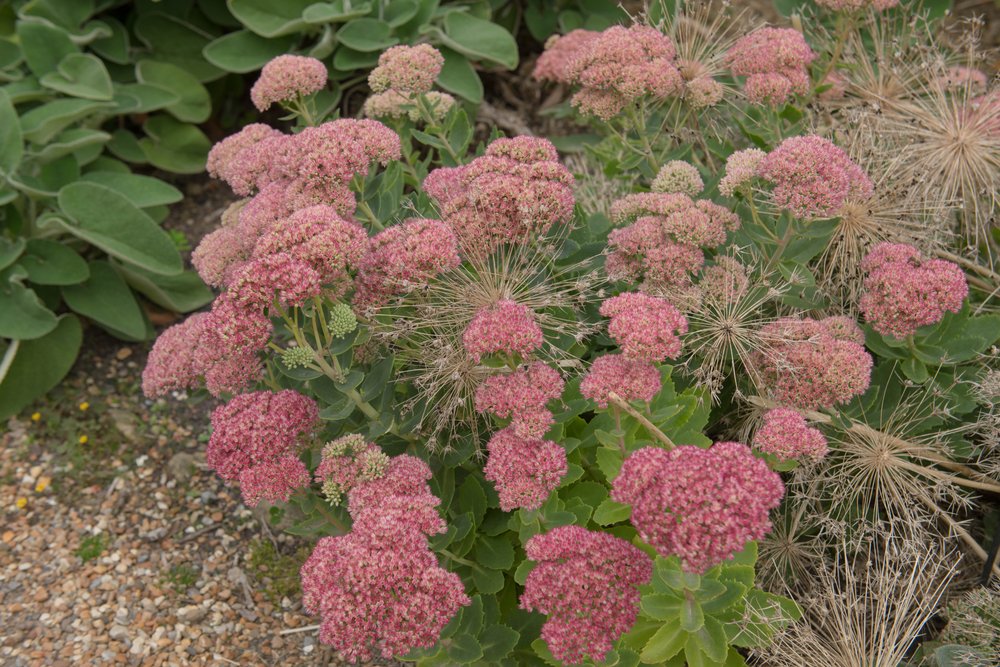
Sedum, or autumn joy, is a tough, drought-tolerant plant that provides late-season color with its pinkish flowers. Once the flowers have faded, it’s important to cut back the plant to prevent it from becoming leggy and spreading unwanted seeds. Deadheading sedum and trimming the stems will help maintain its compact shape and prevent the plant from flopping over.
Cutting back the spent stems also ensures that the plant’s energy is directed into strong root growth, which will result in healthier plants the following season. Sedum is a low-maintenance plant, but pruning in the fall helps it stay tidy and encourages better blooms in the next growing season. Just be cautious not to cut into the base of the plant too early, as you want to leave the roots intact for protection over winter.
Salvia
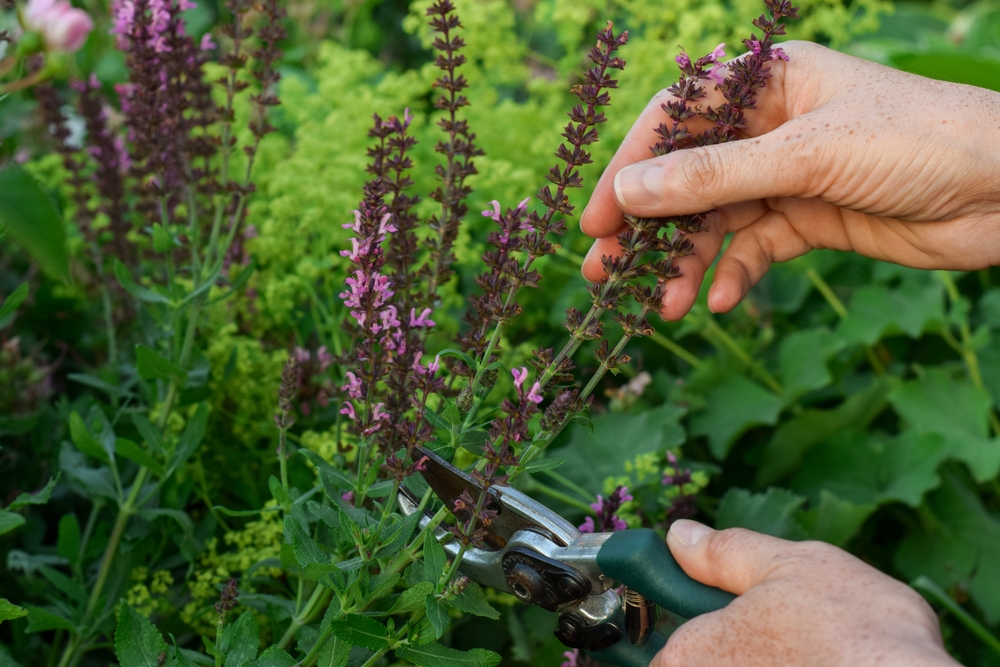
Salvia, with its vibrant flowers and aromatic foliage, adds a pop of color to any garden. As the blooming period ends, cutting back the spent flowers and leaves helps tidy up the garden while preventing disease. Faded blooms and dead stems can attract pests, so pruning them back ensures that your plant remains healthy and free from pests over the winter.
When cutting back salvia, it’s important to trim the stems just above a healthy set of leaves. This promotes new growth in the spring and helps the plant to bounce back quickly when the weather warms up. Salvia is generally quite hardy, but a good fall trim will help it stay compact and ensure that it blooms again in the warmer months.
This article originally appeared on Avocadu.
